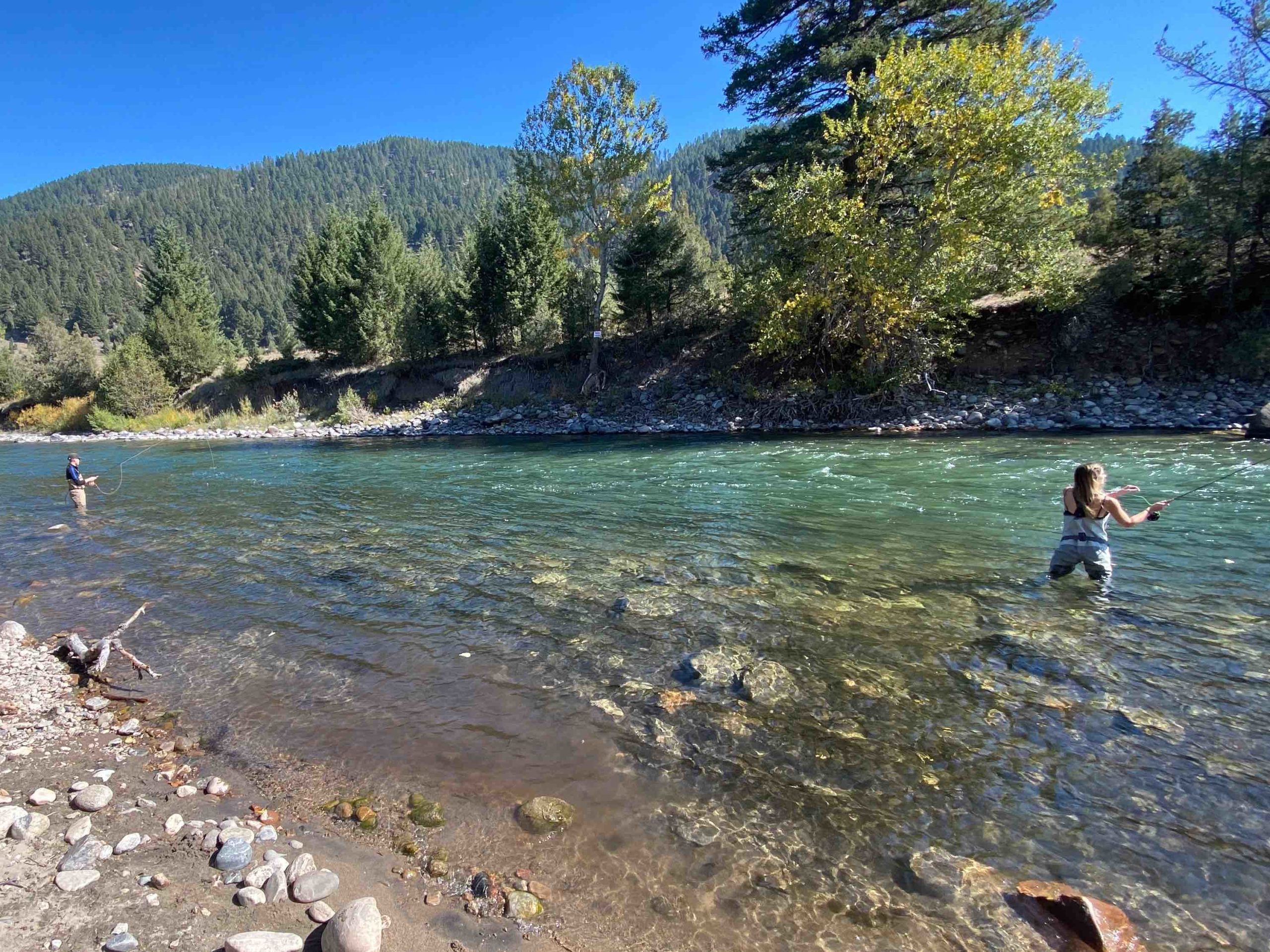By Gabrielle Gasser ASSOCIATE EDITOR
BIG SKY – Proposed ballot measure I-191, which would have added stringent protections to sections of the Gallatin and Madison rivers, did not garner enough support to land it on the voting ballot in November.
The measure—submitted by Cottonwood Environmental Law Center, Gallatin Wildlife Association, and Montana Rivers—needed to gather 30,180 signatures by June 17 to appear on the ballot. Sponsors of the measure submitted 10 electronic signatures by the deadline which weren’t accepted.
An unofficial Secretary of State report on the I-191 petition shows that the office had received no signatures as of June 29 though that number could change in the certified totals which must be filed by July 15. The Montana Supreme Court in May ruled that the state would not accept electronic signatures for the initiative, which was the preferred way supporters of the initiative wanted to collect signatures, according to Clint Nagel, president of GWA.
Nagel added that his organization lacked the resources, financial and otherwise, to travel across the state to physically collect signatures.
In a letter to Commissioner of Political Practices, Jeff Mangan on May 25, John Meyer, executive director of Cottonwood, wrote, “The original petitioners, Cottonwood Environmental Law Center, Gallatin Wildlife Association, and Montana Rivers have decided not to continue working on I-191.”
Despite the decision to stop spending money on I-191, Meyer said he still supports the measure.
“Regular Montanans that we’ve talked to value the Gallatin River and they don’t want development in Big Sky, destroying our lifestyle and our enjoyment of our clean water,” Meyer told EBS in a June 29 interview.
I-191 sought to give Outstanding Resource Water designation to the section of the Madison River between Hebgen and Ennis lakes and the section of the Gallatin River between the Yellowstone National Park boundary and the Spanish Creek confluence. ORW is the highest protection possible under state law and this designation currently is only in effect for waters in national parks and wilderness areas.
“I-191 would have prohibited DEQ from issuing any surface or ground water discharge permit that results in a permanent or temporary change in water quality in the designated sections of the Gallatin and Madison rivers,” the Montana Department of Environmental Quality wrote in a June 29 statement to EBS.
The proposed ballot measure was met with widespread opposition from conservation organizations, developers, farmers and the Montana Legislature’s Water Policy Interim Committee, among others.
“I was really surprised at the number of organizations and the variety of interests that came together to oppose this initiative,” said Chuck Denowh, campaign manager for the “No on I-191” coalition.
He went on to point out that these organizations—including sportsman, agricultural and conservation groups—have worked collaboratively over the past few decades to find solutions and create what are now, according to Denowh, some of the toughest water-quality laws in the country.
Many who opposed the measure claimed it would not only halt development work in the greater Big Sky area but also hinder conservation efforts.
“The ballot initiative would have likely prevented us from doing restoration work on the Gallatin, which is really needed,” said Kristin Gardner, chief executive and science officer with the Gallatin River Task Force. “It’s being loved to death, and so not being able to move those projects forward would be detrimental … to the river.”
Gardner said that some restoration work, like projects at Moose Creek and Deer Creek, require DEQ permits which would have been denied under the proposed designation.
Meyer says there is no concrete evidence to support this claim.
“The DEQ never pointed to any sort of effort that would be stopped,” Meyer said. “Everyone says things will be stopped but no one could point to anything definitive.”
Both Nagel and Meyer in interviews with EBS emphasized the importance of protecting the Gallatin River, pointing to excess discharges of treated wastewater in the Big Sky area as the cause of degraded water quality and nuisance algae blooms that recently led to the DEQ labeling the river “impaired.”
“The reason we got involved is because we have a deep concern for the water quality of the Gallatin and how that could impact fisheries as well as wildlife and even human contact,” said Nagel, the GWA president. “We have to get a handle on this excess discharge from whatever the many sources are.”
Since I-191 won’t be on the ballot this cycle, Meyer said he will try to get it on the ballot in 2024.
According to Gardner, the task force is working on a range of alternative initiatives to protect the river. The recent DEQ decision to list the Gallatin River as impaired, she says, will ultimately lead to a larger restoration plan, and she hopes to see the Montana Headwaters Legacy Act move forward. The MHLA would provide federal protection to nearly 350 miles of river in southwest Montana, including a 39-mile section of the Gallatin River.













